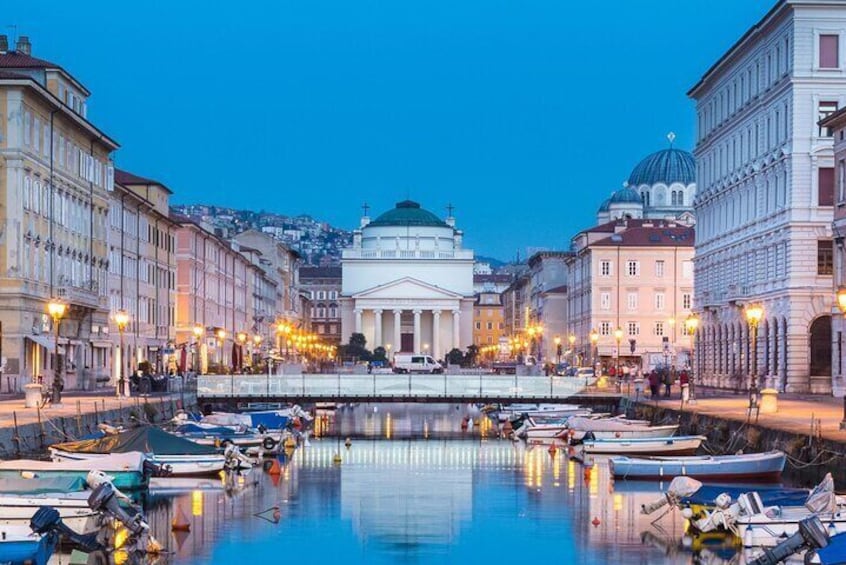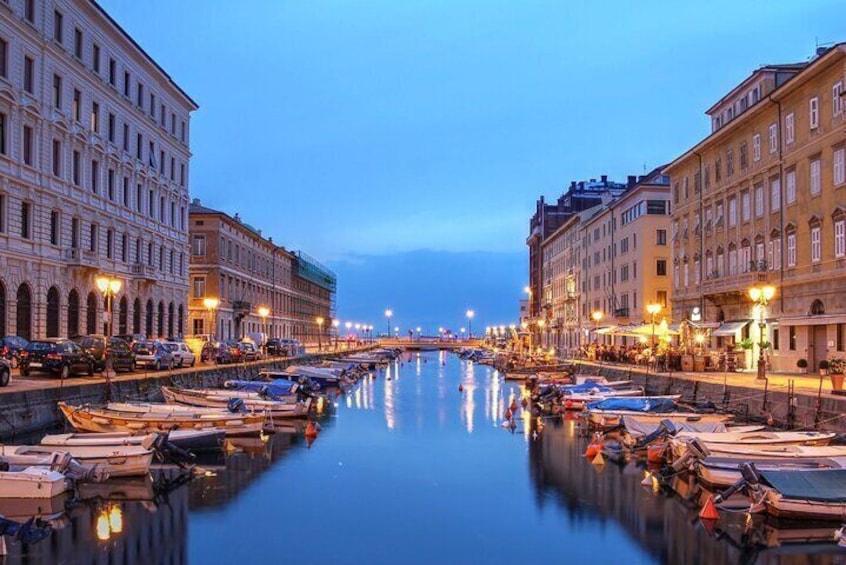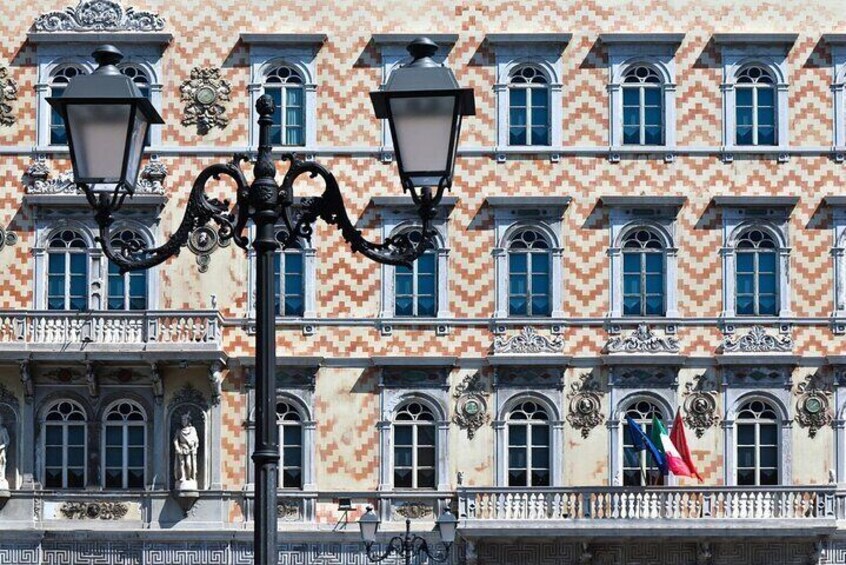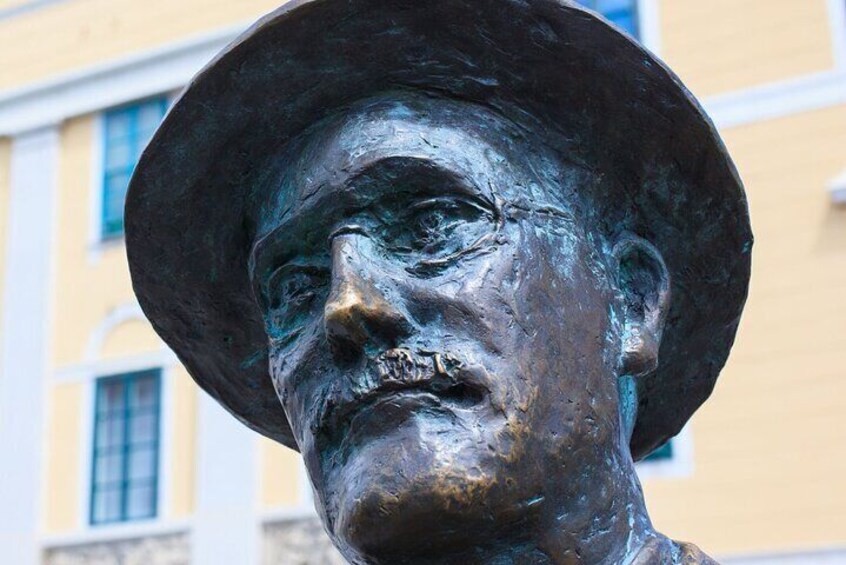




Treasure Hunt in Trieste La Vedova Giramondo
By XHescape Cacce al tesoro - Scopri le città giocando
Free cancellation available
Features
Overview
Activity location
Meeting/Redemption Point
Check availability
Treasure Hunt in Trieste La Vedova Giramondo in Multilingual
Price details
AU$32.62 x 1 TravellerAU$32.62
Total
What's included, what's not
Know before you book
- Wheelchair accessible
- Infants and small children can ride in a pram or stroller
- Service animals allowed
- Public transport options are available nearby
- Transport options are wheelchair accessible
- All areas and surfaces are wheelchair accessible
- Suitable for all physical fitness levels
- You will need an internet-connected smartphone or tablet to access the game
- The audio storey and instructions are available in 6 languages audible from speaker device or headphones
- With each device you can play up to 4 people who can challenge other groups connected with other devices
Activity itinerary
Location
Activity location
Meeting/Redemption Point
Best Deals on Things to Do
Experience the wonders of the world up close with great deals on things to do near and far. Expedia offers one-of-a-kind activities that allow you to explore Trieste your way. Whether you love nature, culture, food or a bit of adventure, we have the perfect activity for you.
Top experiences in Trieste
With so many activities in Trieste, planning the perfect day out may seem like a daunting task. Expedia is here to take the hassle out of finding the best attractions, tours and activities in Trieste. Families, couples and business travellers can all find the perfect activity in Trieste to create life-long memories with the help of Expedia.